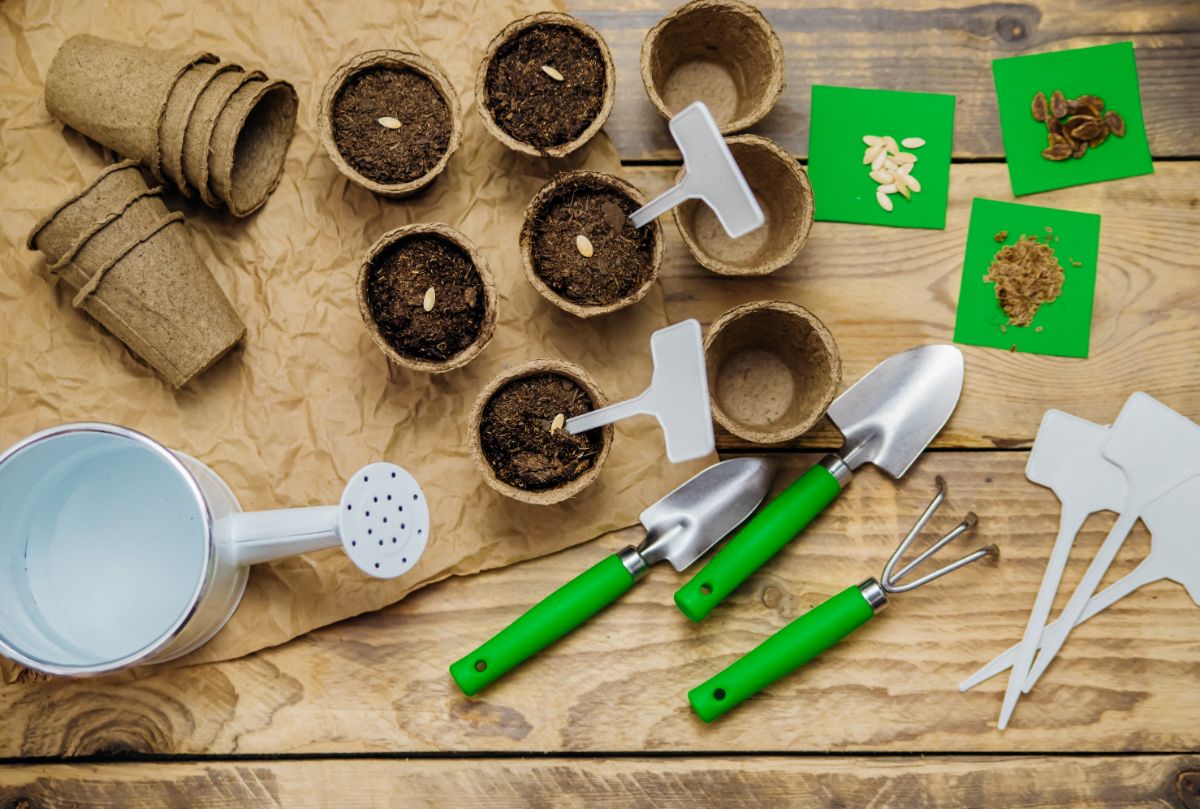
If you’re gardening with an eye toward future seed saving, you’ll need to be selective in choosing the plants and seeds that you plant. Not all seeds can be saved from all the plants that are out there—at least not with good production and results in the future.
At the planting stage, there are a few important things to know. There are also a couple of easy ways to pick your plants and seeds that will overcome the issues of what seeds can and cannot be saved.
Jump to:
Why Save Seeds?
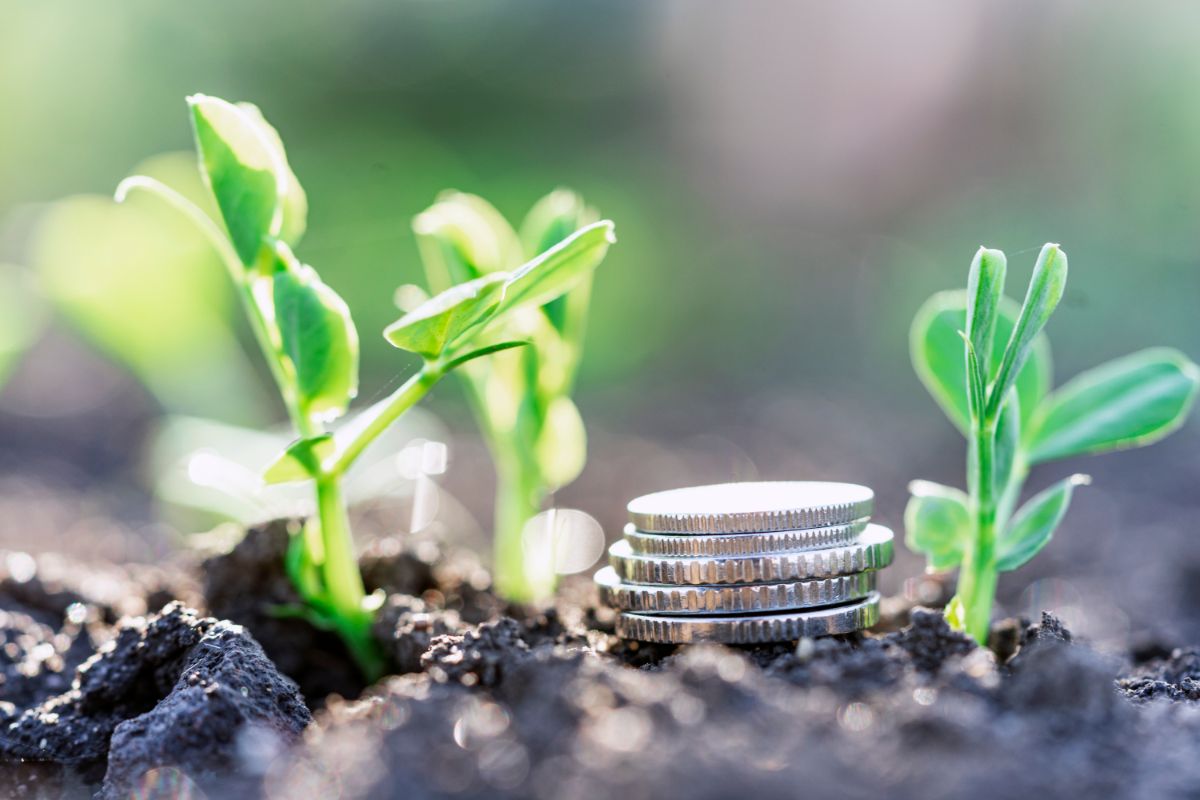
There are several good reasons to save seeds—more than you might think. Maybe even more than we have listed here. Consider these top reasons to become a seed saver:
- Gain a new skill—whether you use this new-found skill every gardening year or you just do it for a year or two when the mood strikes, a skill gained is a skill earned, and it’s something you will always have with you.
- Save money—seed costs, like so many other expenses, are only going up. While individual seed packets may only be a few dollars (or Euros or whatever your currency may be), those few dollars can really add up. When you are buying a whole garden’s worth of seeds, it doesn’t take long before a few dollars become a hundred dollars or more.The more selective and higher quality the seed is, the more it usually costs. But if you can save your own seed, that’s a cost you only have to pay once. Once you’ve bought that seed and grown it, you can save the seed and grow it over and over again (assuming, of course, you bought the right seed to begin with and learned a little about saving it).
- Supply and demand—demand for seed has grown since the Covid pandemic began. A lot of people took the time to learn to garden, and many fell in love (why wouldn’t they?). Add to that breakdowns in warehousing, transportation, and shipping, and supply for many things has been more unpredictable than we would have imagined just a few short years ago.
- Save specific varieties—There is another side to seed supply and demand. Even when economies are strong and everything is shipping as expected, the supply and demand for the specific types of seeds that you want may or may not be there. That is because seed companies change with the times, too. They grow and supply the masses.Sometimes seed companies stop carrying a specific seed variety in favor of another. Or sometimes there are crop failures and that seed is not commercially available. If what you want is different than the popular selections, you might have a hard time finding the varieties that you like most. If there are varieties and types of plants that you love, that you want to know you have and know you can grow, consider saving your own seed. Then you know it will be there when you want it.
- Help preserve the past—once people stop growing certain varieties and seed sellers stop selling them, those varieties are at risk of being lost. When you save and cultivate some of the rarer seeds, you are helping to preserve historic and ancestral seeds. By doing so, you are also helping to promote and preserve seed and plant diversity. Diversity and options can only be a good thing when it comes to our food supplies!
- Develop your own local-hardy plants—when you select from and grow the same genetic lines year after year, you end up growing plants that are more acclimated to your region and even your hyper-local garden and soil. While seeds from commercial growers certainly do well in most appropriate locations, they still are not grown where you are growing. That means that growing and saving your own seed develops a plant that, over time, becomes better and better accustomed to life in your climate and soils.
- Select for desired traits—Saving your own seed gives you more control over that seed. It allows you to select for traits that are important to you. For example, you might select for early ripening, or even for later ripening if it suits you best. You can select for size or flavor or color—whatever traits you want.You can select for things like pest resistance or disease resistance. For example, if tomato blight is a problem in your area, you might select seeds from the tomato plants that have dealt with the blight the best—those that continued to grow and produce while others failed. Like developing a local-specific variety, you can create a disease-resistant specific variety...or whatever type of specifics you want to breed for!
- Create your own cultivar! Cultivar means a variety that has been cultivated (selected for traits, bred, and regenerated year after year). By selecting for the traits that you want, you can even create your own new plant cultivars. So, if you don’t like what is available to you commercially, you can do what our ancestors did and select and save seed to get the types of plants you want.
- Self-sufficiency—saving seeds from the vegetables and plants that you grow makes you more self-sufficient. It reduces or eliminates the need for you to rely on outside suppliers to grow your own food. In a world where supply chains and shortages exist, being self-sufficient is protection for you and yours. It’s survival gardening at its best. Saving seeds is, ultimately, the ultimate way to grow a garden for self-sufficiency . Save seed. Feed yourself.
Why Seed and Plant Selection Matters for Seed Saving
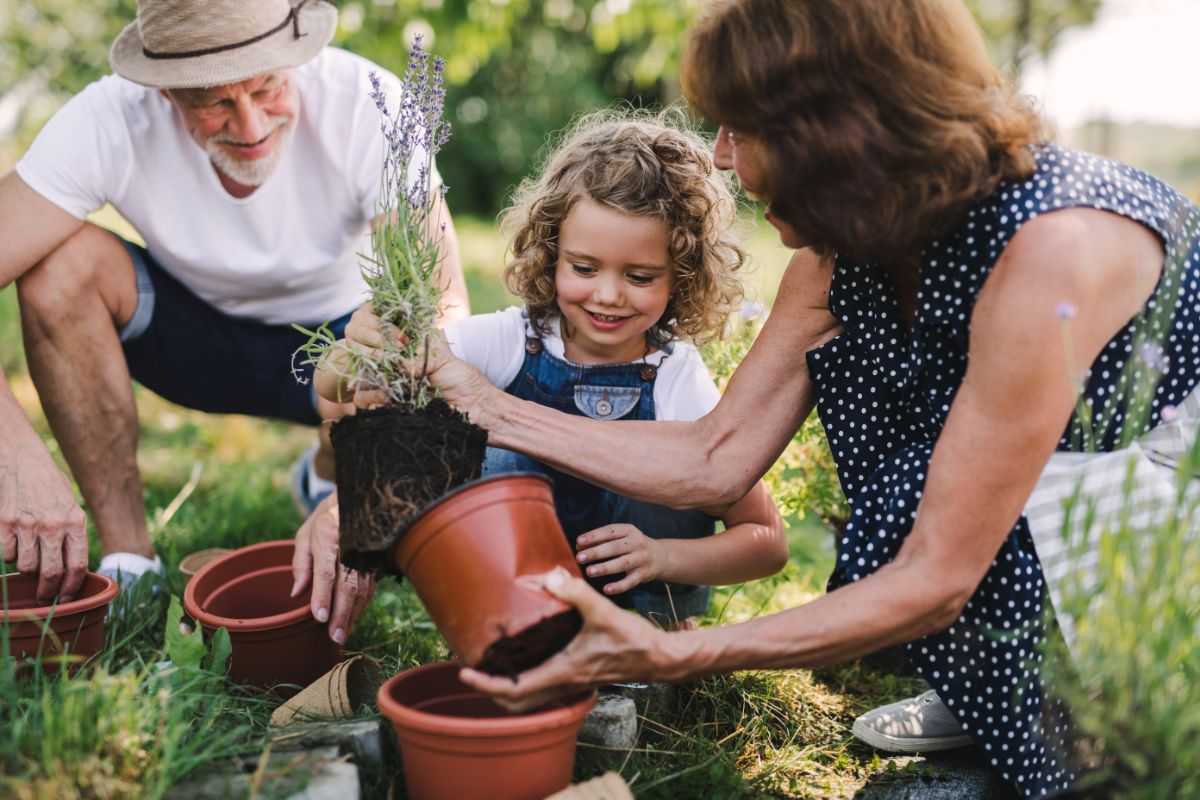
There are a few basic reasons why it matters what plants and seeds you plant if you plan to save your seeds. Primarily this is a matter of reliable plant reproduction and reliable crop production. To achieve that reliability, you need to save pure seed that is not cross-pollinated, modified, or hybridized.
Why hybrids don’t work for seed saving
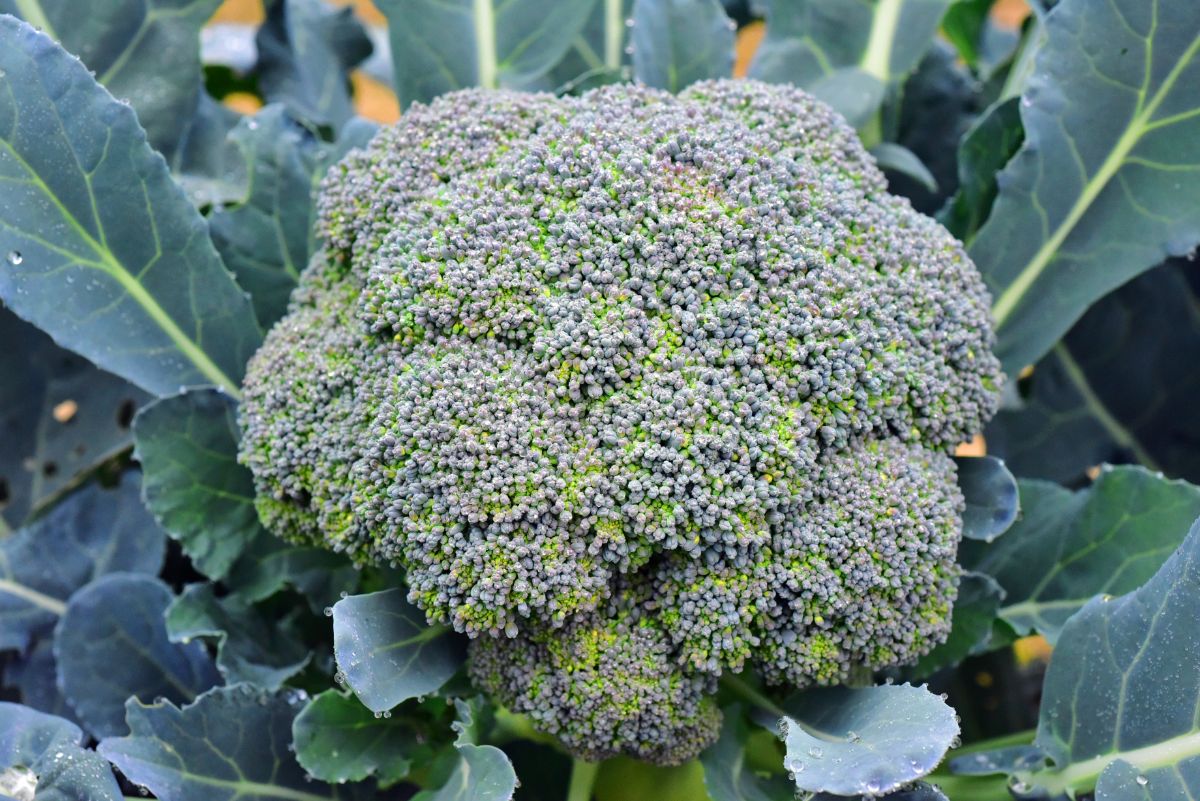
Over the years, seeds have been bred and cross bred for a lot of the traits we talked about earlier. They have been bred and cross bred for traits that make it easier to grow and ship huge quantities of fruits and vegetables. Some of these traits don’t always translate into better flavor or nutrition (in fact, it’s often the opposite). Sometimes plant breeders have focused more on things like long shipping and shelf life, or the ability to harvest underripe.
The way that commercially friendly plants have been developed is by crossing one or more varieties of a plant; and then maybe crossing the crosses until a new hybrid variety is achieved that exhibits the qualities in question. These are known as “hybrid” plants or hybrid varieties. In seed catalogues and on packets, they should be listed as hybrids and will often have a notation saying “F1” or “F2”, etc., indicating the generation of the cross that created the hybrid.
Hybrid varieties are not “bad”, but they are different. When the seeds of hybrids are saved and grown, they do not always produce a good set of offspring plants. This is because to reproduce the genetic material you need the two (or more) different parent plants, not the offspring of that cross.
Sometimes hybrid plants are sterile, and the seed can’t regrow. Sometimes the production of the seeds from hybrid plants is not very good. Often the seeds will revert to qualities of one of the parent plants, but not another. The saved seeds of hybrids just don’t breed true. What you’ll get is a total toss-up.
The issue with hybrids when it comes to seed saving is that the results of their “children” (the plants grown from the seeds you save) are unreliable. You can put a lot of work into saving—and relying on—seeds that aren’t very reliable.
About genetically modified seed
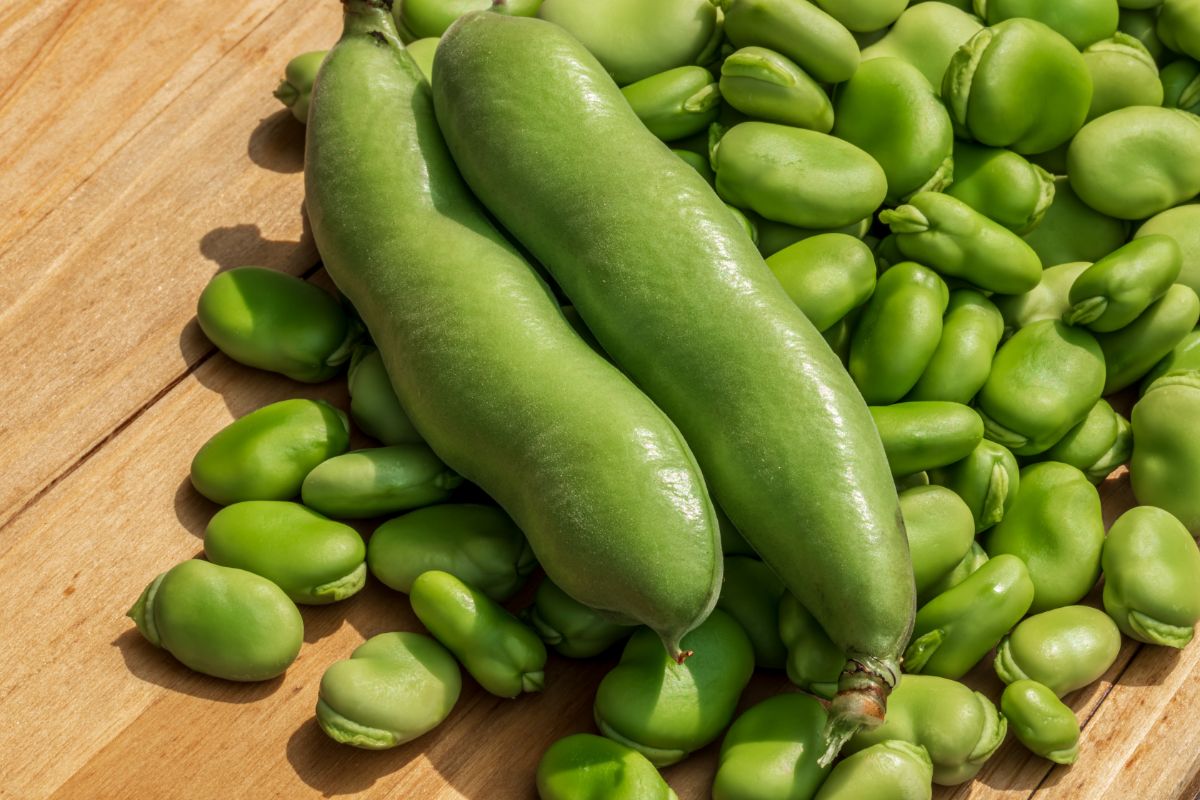
Of course, we all know that recently genetically modified seeds have been developed for certain crops. These are different than hybrid seeds. Hybrid seeds result from simple, natural cross-pollination and mixing of genetic material. Genetically modified or genetically engineered seeds (GM, GMO, or GE seeds) are lab-created seeds in which genetic material (DNA) from another organism is inserted into the seed’s genetic material.
Genetically modified seeds cannot be saved . Not only would they result in unknowable offspring, but these are patented seeds that are protected by patent rights and the seed companies that create them require growers to sign contracts which make it illegal to save and regrow their seed.
Realistically, genetically modified or engineered seed is not an issue in terms of saving seed in the home garden—yet. This is because GE seeds are only available to large growers (farmers) and commercial producers. GM seeds exist for things like corn, soybeans, sugar beets, summer squash, apples, potatoes, and others, but purchasing them requires a contract and you would not, at this point, be able to “accidentally” or unknowingly buy GMO seeds for your home garden.
Pro Tip: Choose Heirlooms and Open Pollinated Plants and Seeds
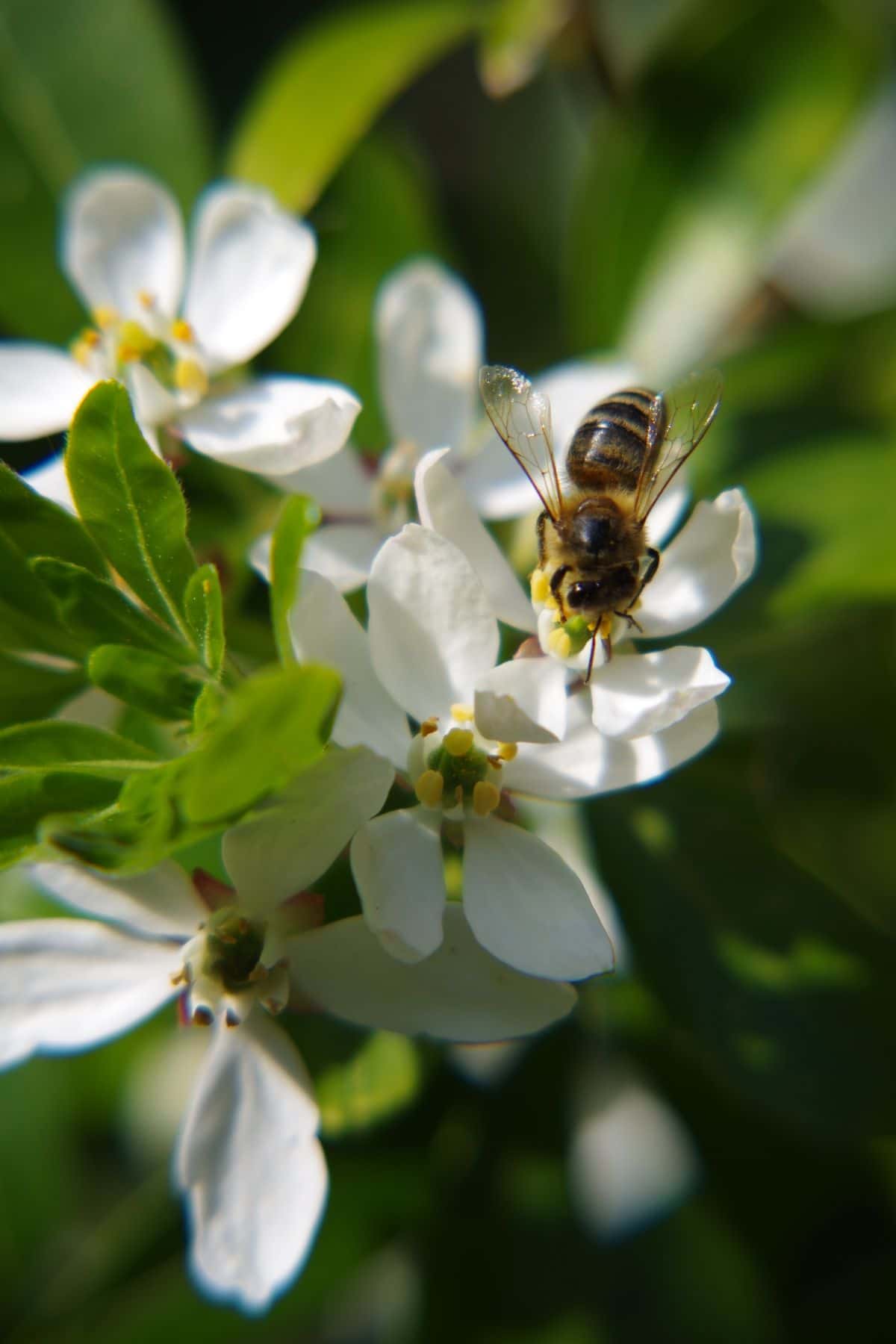
If you can’t rely on seeds from hybrid plants and you can’t access or legally reproduce GM crops, what, then, should you be buying if seed saving is your goal?
There is a very simple answer to this question—buy heirloom plants and seeds or open pollinated plants and seeds for reliable seed saving.
Open pollinated is defined by the well-respected Seedsavers.org as plants whose pollination “occurs by insect, bird, wind, humans, or other natural mechanisms.” This means that, as long as plants or blossoms are isolated from related pollen from the same species, the plants can naturally pollinate and regenerate true to type, passing along the same traits throughout the generations.
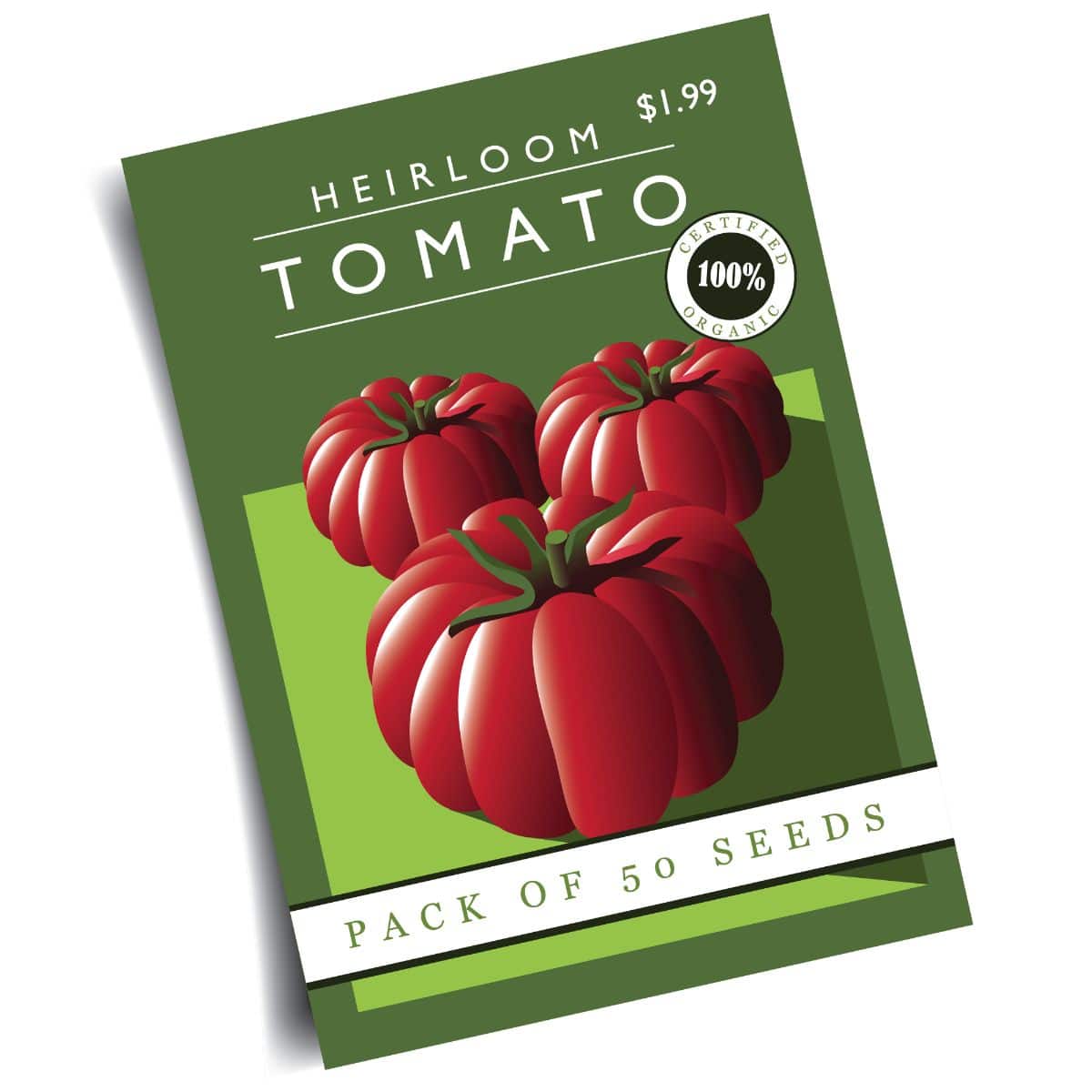
Heirloom plants, according Seed Savers Exhange, are defined as seeds with "a documented heritage of being passed down from generation to generation within a family or community. An heirloom variety of vegetable, fruit, or flower must be open-pollinated—or pollinated by insects, birds, wind, or other natural means—and “breed true,” or retain its original traits from one generation to the next.”
All heirloom plants are open-pollinated plants. Their labels may not specifically state that they are open pollinated, but any plant listed as an heirloom plant is open pollinated and so their seeds can be saved.
When choosing plants and seeds for future seed saving, it makes life much easier to look for seeds and plants that are listed as Open Pollinated or Heirloom. Hybrid plants will not have the same ability to reproduce as heirlooms and open pollinated plants will. Avoid them for seed saving.
Organic or Conventional—Does it Matter for Seed Saving?
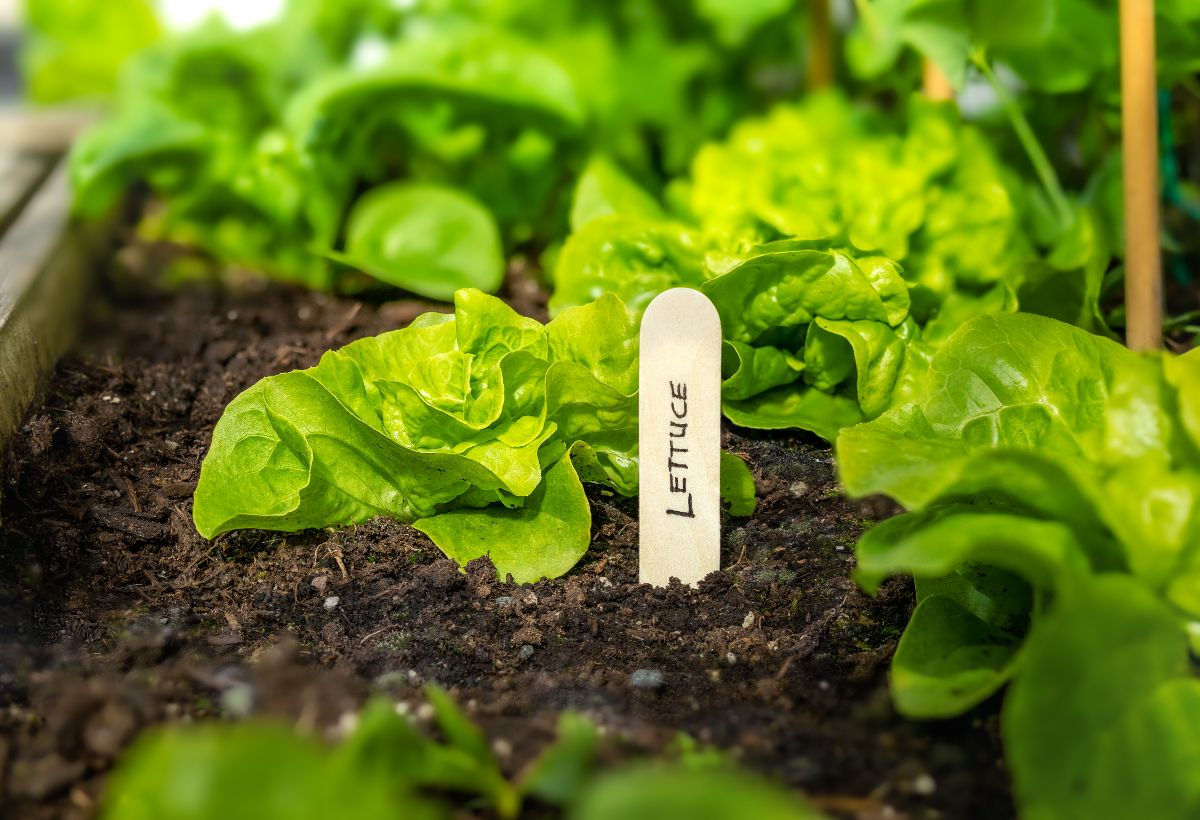
The short answer? No, not really.
Whether you choose to grow organically or conventionally is up to you. The choice is different for all home gardeners and is one that is in part personal ethics and part method. It’s a debate and a discussion that could go on, but it’s a personal choice.
As far as choosing seeds and plants for seed saving goes, what’s important is the ability to pollinate your plant’s blossoms to create fertile, productive, seed. That is a matter of plant/seed fertility, not organic or conventional growing practices.
Learn More About How to Save Seeds
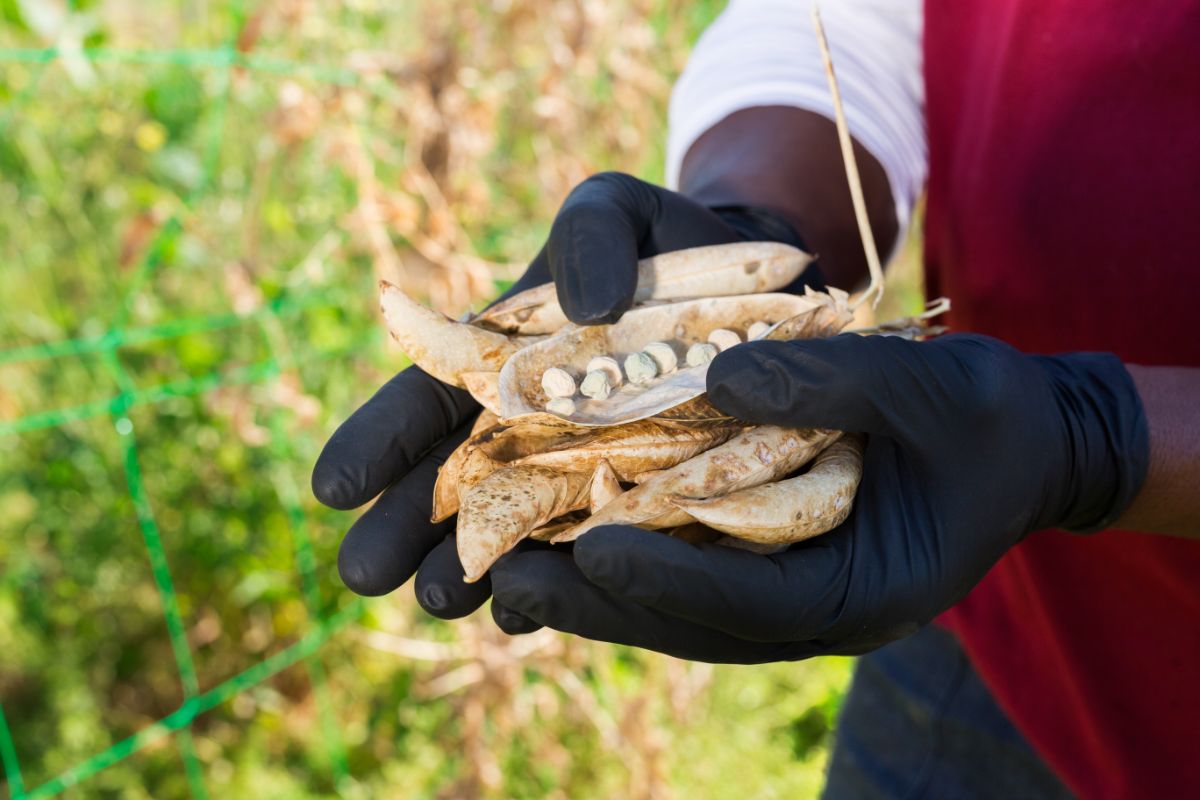
Choosing the right kind of plants and seeds is only the beginning. The next step in learning to save seeds is to learn about which plants do or do not cross pollinate with related species, and what you need to do to make sure the right pollination occurs. This is a whole other topic in itself.
For example, tomatoes, peas, beans, lettuce, and peppers are generally self-pollinating. That means they do not, as a rule, cross-pollinate and it is very easy to save reliable seed from these types of vegetables. These are the easiest types of plants to start saving seeds from.
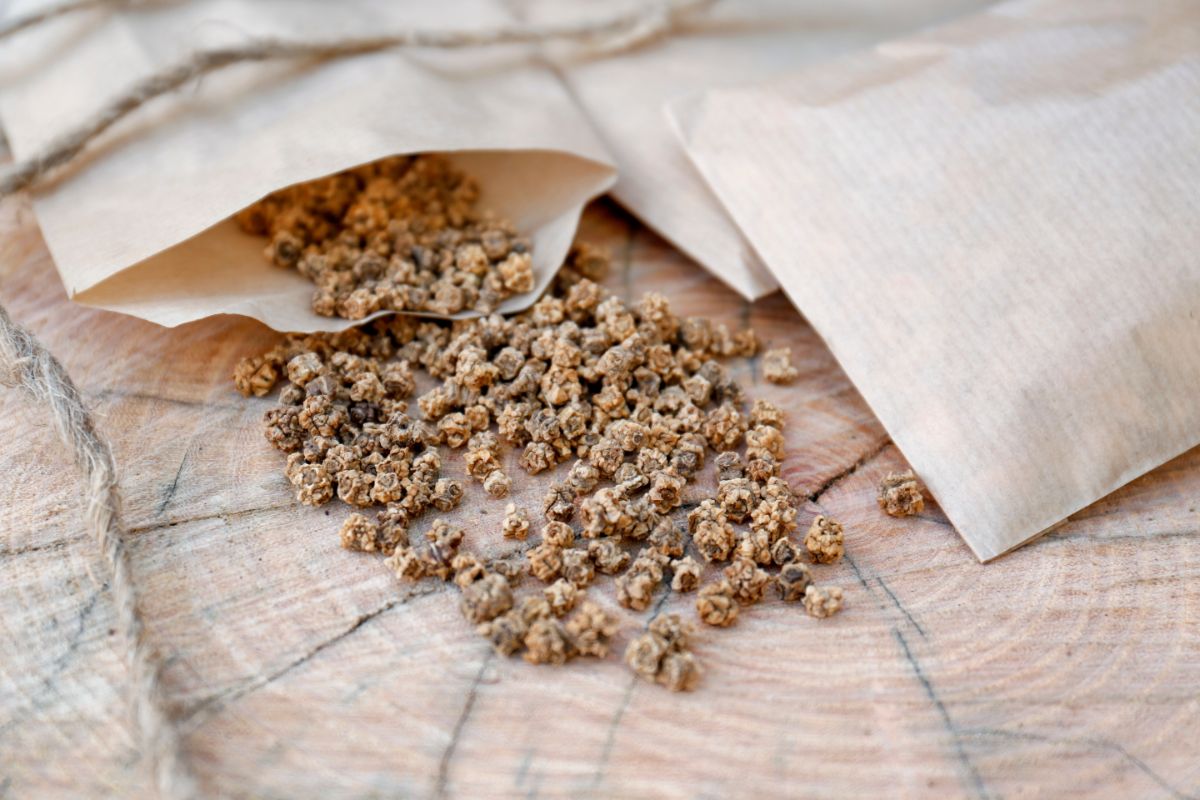
Others, like squash and pumpkins, can cross-pollinate easily so it takes more effort to isolate and save seed from these plants. It is an interesting topic and it’s rather fun to learn about different plants and how easily they might cross-pollinate with another plant. It is a bit too much to go into here, though.
If you’re interested in saving seeds, do yourself a favor and get a good book or two on the subject. Here are three good ones to get you going—and growing!

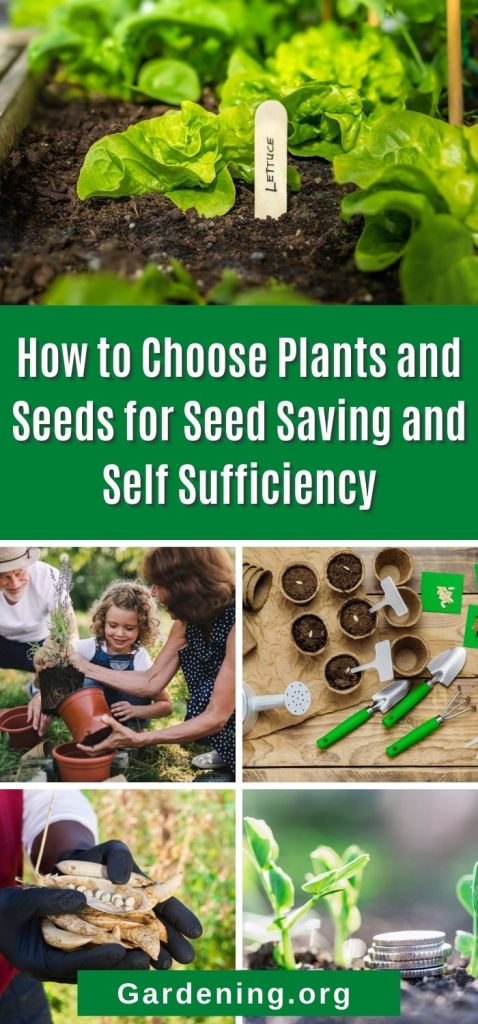
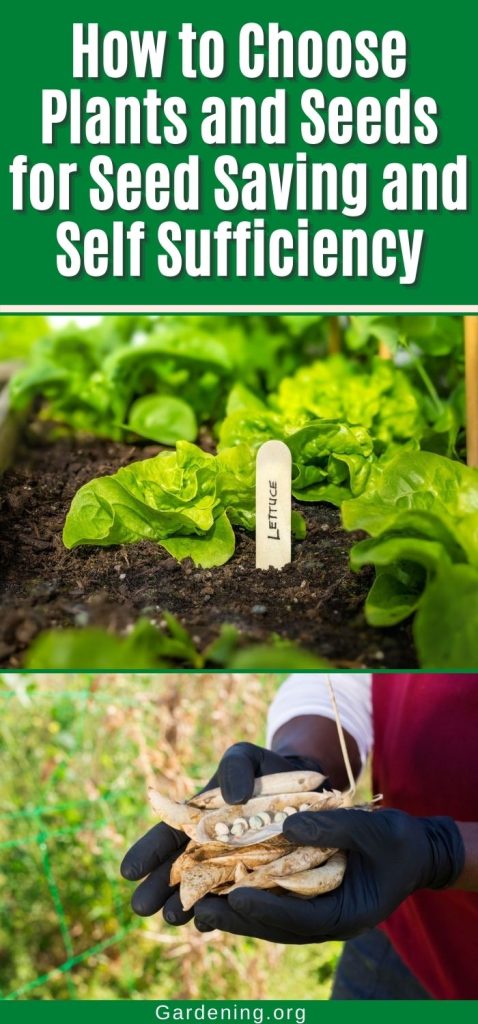
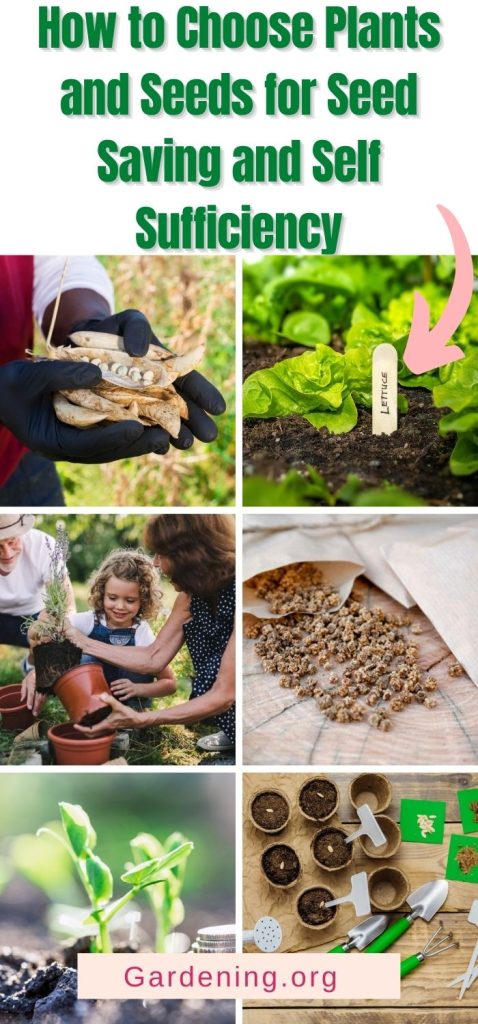
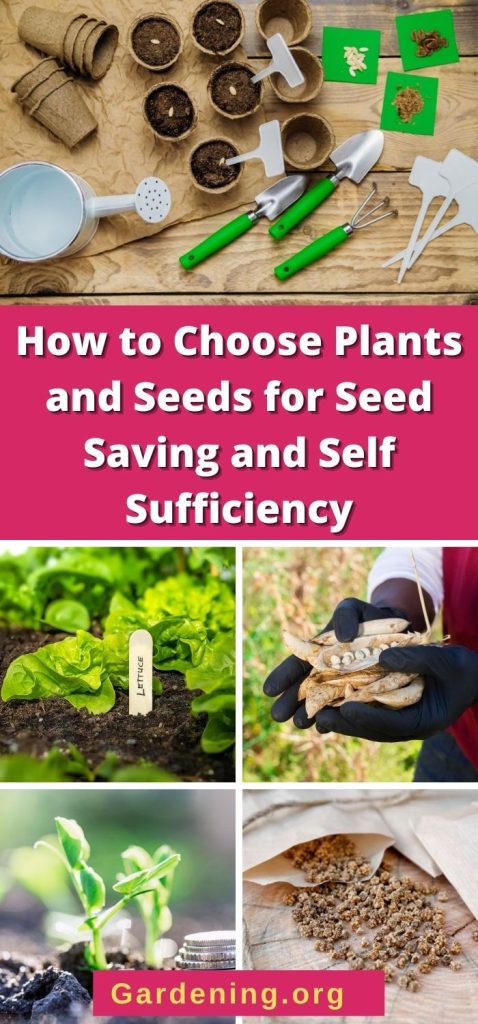




Leave a Reply